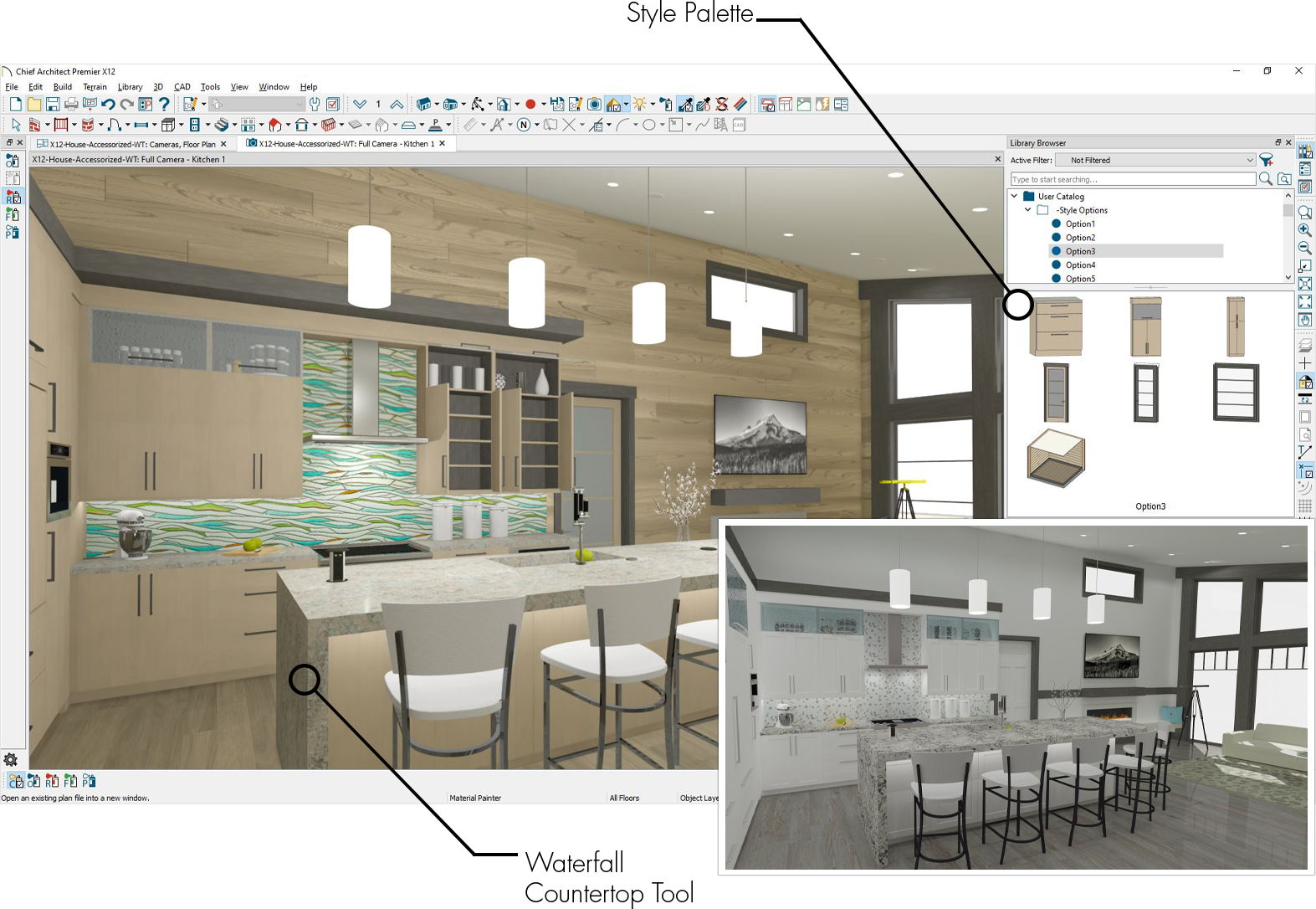

Other Media Library projects may include a revamp of the image editing interface, which remains somewhat unintuitive at this time. He highlighted a few major areas that may get some enhancements, such as categorization and tagging, better handling of attached media, and design improvements to the library view. “The main goals are to expand the media management capabilities, unify the block edit and single media interfaces, and improve upon the major media flows,” Ventura said. Long-awaited improvements to WordPress’ Media Library are also considered part of this phase. For synced patterns, we could allow browsing edit history with side by side and overlay comparison tools.”

“For global styles, we should evolve the revisions panel to allow comparing two revisions side by side. “As part of improving the overall experience, we should also go beyond document level history and explore how the interface could let users browse through single block changes and offer the ability to restore them individually rather than requiring full post restores,” Ventura said. Users can expect that Revisions will also be getting some major improvements as part of the Collaboration phase of the project. There are some interesting projects listed within the scope of this section, including a publishing checklist, sharing draft links with permission controls, and exploring hook points for version control systems to take over internal revision systems if desired. These enhancements would apply to both content creation and design changes on block themes. In the Workflows document, Ventura details collaborative features that will be part of this phase, including allowing users to add comments, suggest edits, and tag other users for peer review. Ventura shared a quick preview of what that might look like, along with the scope of the tasks that would be part of this effort. The technical challenges here are in making this available to all WordPress users, even those on the most economical hosting environments.

“Supporting these workflows is not just about concurrency, though, but also about lifting restrictions that have been present in WordPress for a long time, such as locking a post when two people try to edit at the same time.” “The primary aim of real-time collaboration is to build functionality into the block editors so that concurrent collaboration, shared edits, and online presence of peers are possible,” Ventura said. Phase 3 will shift focus from the editors and move into other parts of the admin in an effort to bring seamless collaboration to WordPress.

WordPress 6.3 is set to be the final major release of Phase 2, which focused on Customization. In a series of four posts, Gutenberg lead architect Matías Ventura has outlined the project’s phase 3 plans for Real-Time Collaboration, Workflows, Revisions, and the Media Library.


 0 kommentar(er)
0 kommentar(er)
